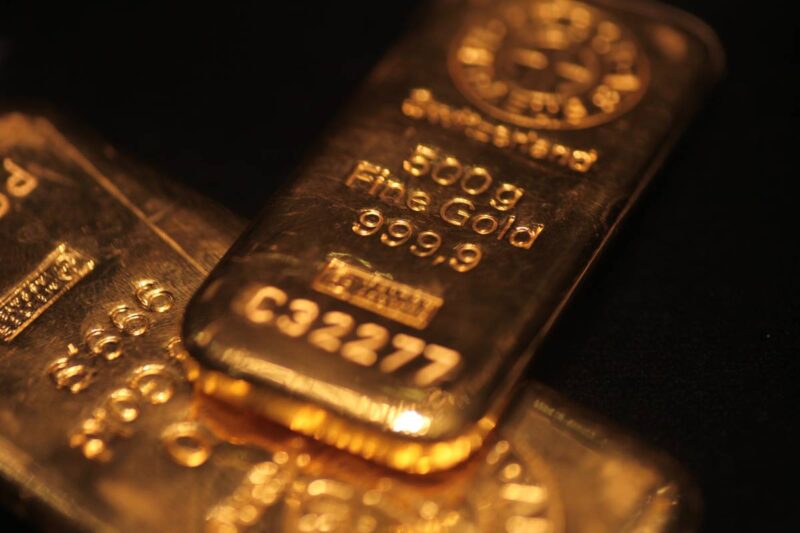Singapore’s investment demand for gold reached 2.2 tonnes in the second quarter of 2025, according to the World Gold Council’s (WGC) quarterly report released on 31 July – a 37% increase on the same period in 2024, but below the 2.5 tonnes recorded in the first quarter. Jewellery demand in Singapore fell 8 per cent year on year to 1.5 tonnes.
Regional and Global Investment Trends
Across South-east Asia, physical gold investment rose in Indonesia, Malaysia and Thailand, with double-digit year-on-year increases. Vietnam saw a 20 per cent decline. Globally, bar and coin demand grew 11 per cent to 306.8 tonnes. China accounted for 115 tonnes, followed by India at 46 tonnes. European net investment more than doubled to 28 tonnes, while the US saw a 50 per cent fall to 9 tonnes.
The WGC attributed investment growth to geopolitical tensions, market volatility and macroeconomic uncertainty. “While central bank gold purchases slowed for a second consecutive quarter, demand remained robust, underscoring gold’s enduring appeal as a store of value and portfolio diversifier,” said Mr Fan Shaokai, head of Asia-Pacific (ex-China) and global head of central banks at the WGC.
ETF Inflows and Central Bank Activity
Gold exchange-traded funds (ETFs) recorded inflows of 170.5 tonnes in the second quarter, reversing outflows in the same period of 2024. Total ETF demand reached 397 tonnes in the first half of the year, the highest since 2020. Central banks and other institutions purchased 166.5 tonnes in the quarter, 21 per cent lower than in the same period last year.
Jewellery Sector Under Pressure
Global jewellery demand fell 14 per cent year on year to levels close to those seen in 2020 during the Covid-19 pandemic. Demand in China dropped 20 per cent to 69.2 tonnes, while India recorded a 17 per cent decline to 88.8 tonnes. In Singapore, jewellery demand totalled 1.5 tonnes, down 8 per cent from the year before.
In value terms, the global jewellery market reached US$36 billion in the second quarter, supported by record gold prices. The average quarterly price was US$3,280.4 per ounce.
Implications for Jewellers
The figures show that high gold prices have led some consumers to shift from jewellery purchases towards investment products such as bars, coins and ETFs. Lower demand in key markets including China and India suggests continued pressure on manufacturers, wholesalers and retailers. The increase in overall market value despite lower sales volumes reflects the influence of gold prices on revenues.




